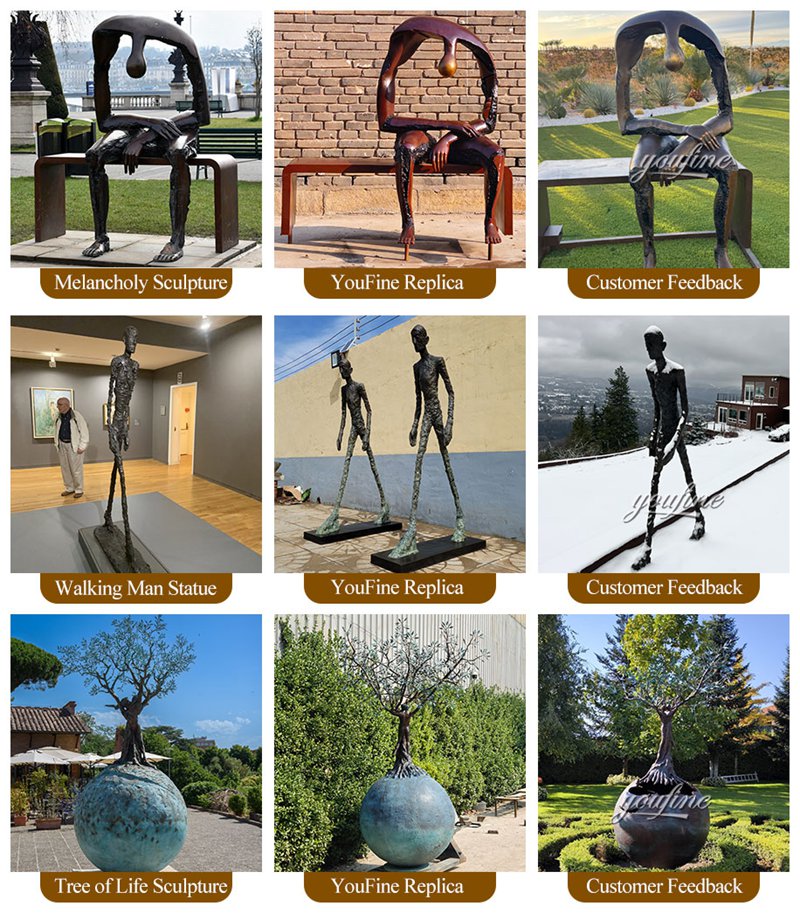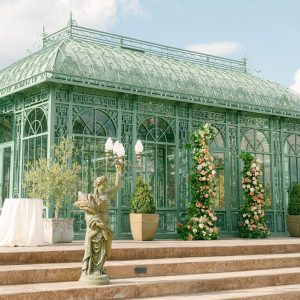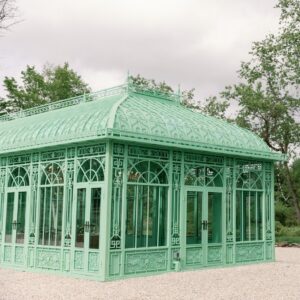For more than a century, Aristide Maillol’s serene, grounded figures have resided in museums and civic gardens across Europe. Yet their calm, self-contained presence makes them equally suited for private gardens and collections.
Maillol’s sculptures invite collectors to think beyond decoration – they embody a sculptural philosophy that connects the quiet permanence of European public art with the intimacy of private gardens.
This blog explores why Maillol sculptures transcend public spaces and how you can bring them into your own collection, from understanding his style to finding the right placement and acquisition path.
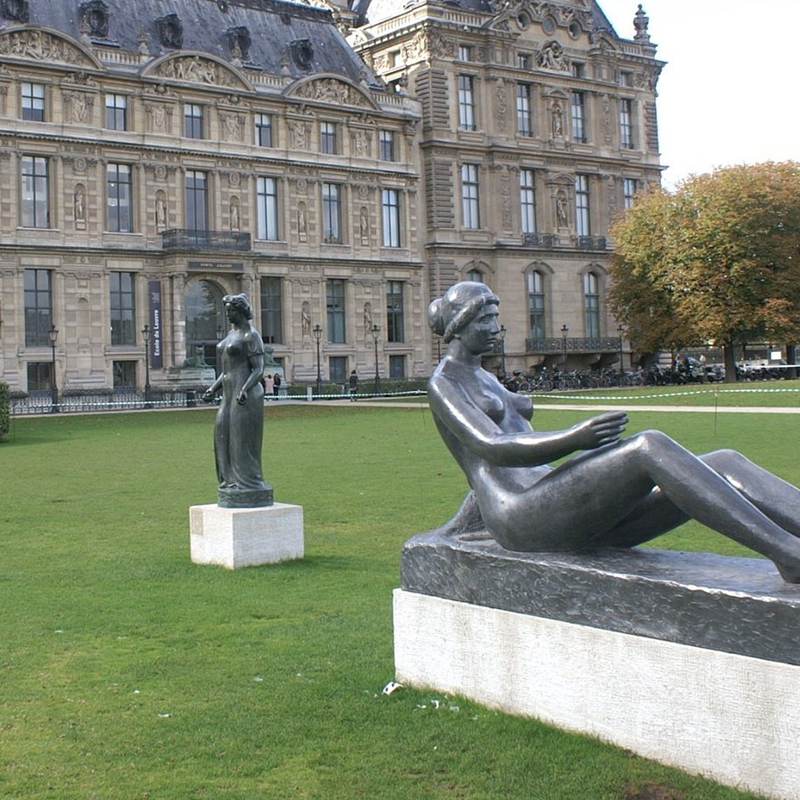
Maillol’s Artistic Style – Why His Serenity Works for Today’s Gardens
Unlike Rodin’s dynamic motion, Maillol championed clarity, mass, and composure. His works do not narrate drama; instead, they radiate calm permanence. This restraint makes them perfect for private gardens, where they can interact with architecture, horizon lines, and plantings without visual conflict.
His signature style emphasizes simplified forms, balanced volumes, and graceful proportions, allowing each piece to command presence without overwhelming the surroundings. This serene aesthetic ensures that Maillol sculptures complement rather than compete with their environment.
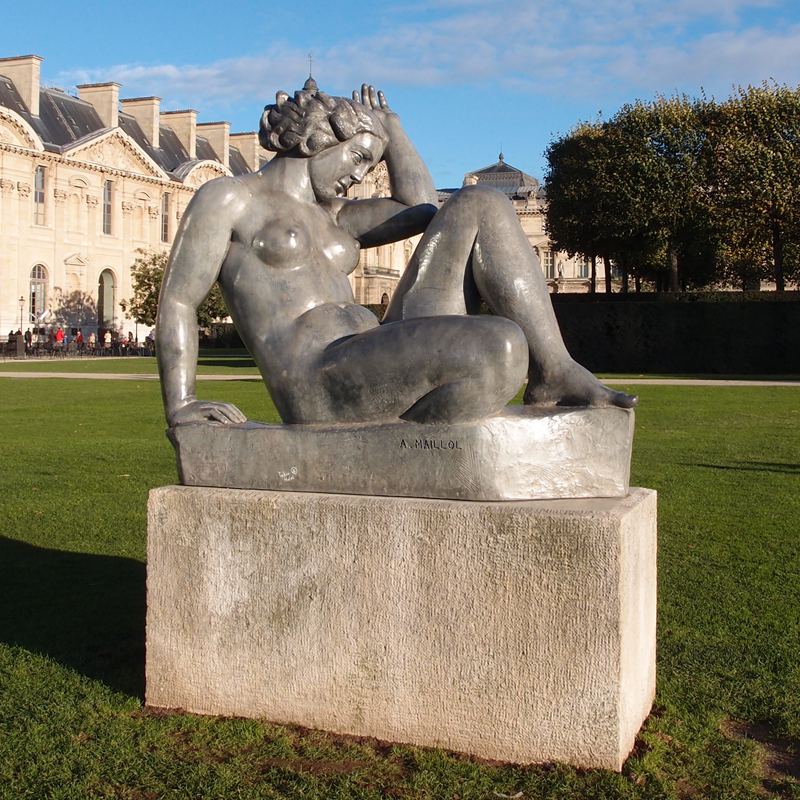
Cultural and Historical Significance
Collecting Maillol is embracing a sculptural lineage that reshaped 20th-century European art. His works mark a transition from expressive drama to composed permanence, bridging classical heritage and modern clarity.
By bringing a Maillol-style sculpture into your garden, you connect your private space to this artistic history, participating in a tradition that was once the domain of museums and public institutions. Such ownership is both an aesthetic and cultural statement.
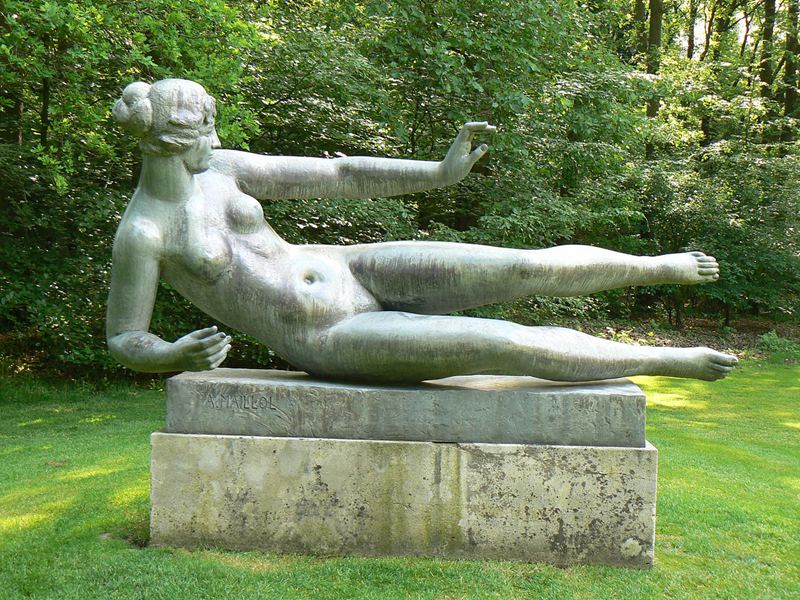
Between Museum & Home: Why Maillol Works Outdoors in Private Contexts
Although Maillol’s figures have historically inhabited museums and public gardens, their compositional serenity and scale make them surprisingly adaptable to private settings. Understanding this translation helps collectors visualize how a sculpture can command presence without overwhelming its surroundings.
These sculptures retain their clarity and balance even when placed in smaller, intimate environments. For example, a figure originally displayed in a Parisian garden can feel equally harmonious when set along a minimalist terrace or beside a reflecting pool in a private estate. Recognizing how scale, proportion, and posture function in private space is key to successful placement.

Museum and Public Cases That Translate to Private Sites
Before bringing Maillol into private spaces, observe how his sculptures behave publicly. Canonical installations reveal why his mass, calm, and posture scale so well into gardens and courtyards.
Notable works include The River, Mediterranean, and Action in Repose. These pieces demonstrate how simplified forms and grounded stances interact gracefully with open spaces and architectural elements. By studying their museum or public placement, collectors can better envision successful integration into private gardens.
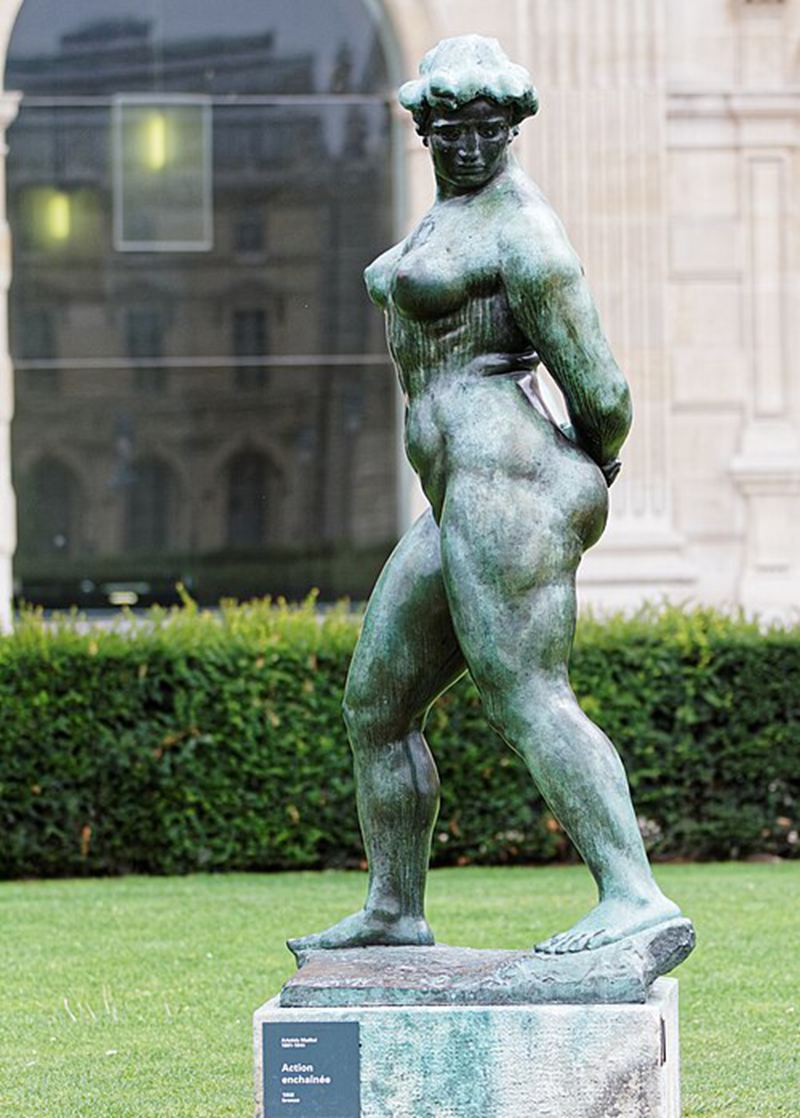
Where to Place Maillol Sculptures
Maillol’s calm is spatial—it needs room to breathe. The most successful placements treat the sculpture as an anchor against horizon, geometry, or silence, not as decoration buried in plantings.
- Formal axis / framed view: Position along a garden axis to create visual focus.
- Minimalist landscape: Surround with open space to emphasize form and proportion.
- Against architecture or wall planes: Use contrast with walls or facades to highlight presence.
- Tip: Avoid cluttered flower beds or visually noisy areas, which can dilute the sculpture’s calm and compositional authority.

How to Acquire Maillol-Style Sculptures – Commissioning with YouFine
Bringing a Maillol-style sculpture into your garden is easier than you might think. At YouFine, we specialize in creating museum-grade Maillol-inspired works, tailored to your space, material preference, and scale requirements.
- Consultation: Discuss your intended placement, size, and material choice with our experts.
- Modeling & Approval: We create a clay or digital model for your review, ensuring the sculpture aligns perfectly with your vision.
- Casting & Finishing: Using bronze or marble, we produce the sculpture with meticulous attention to detail and authentic Maillol aesthetic.
- Delivery & Installation: We coordinate secure shipping and professional placement guidance to make the sculpture a seamless part of your garden.
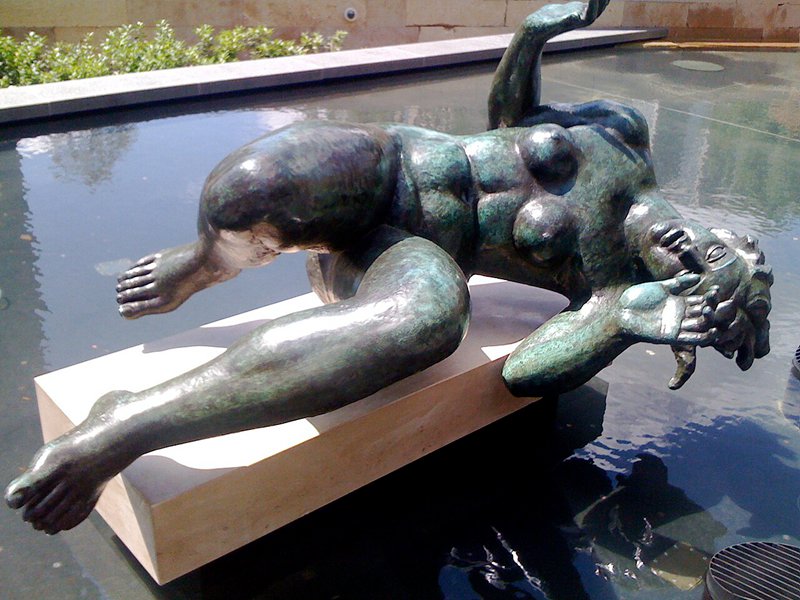
Bringing European Permanence Into Your Garden
If you want your garden not just to decorate, but to inherit the calm permanence of European sculpture tradition, Maillol is one of the rare vocabularies that translate flawlessly from museum to private ground.
YouFine has helped collectors commission Maillol-style bronze and marble sculptures with museum-grade quality for over 40 years. Share your intended site with us, and we can advise on proportion, placement, and a commission proposal – bringing the serenity of European sculpture into your private garden.
